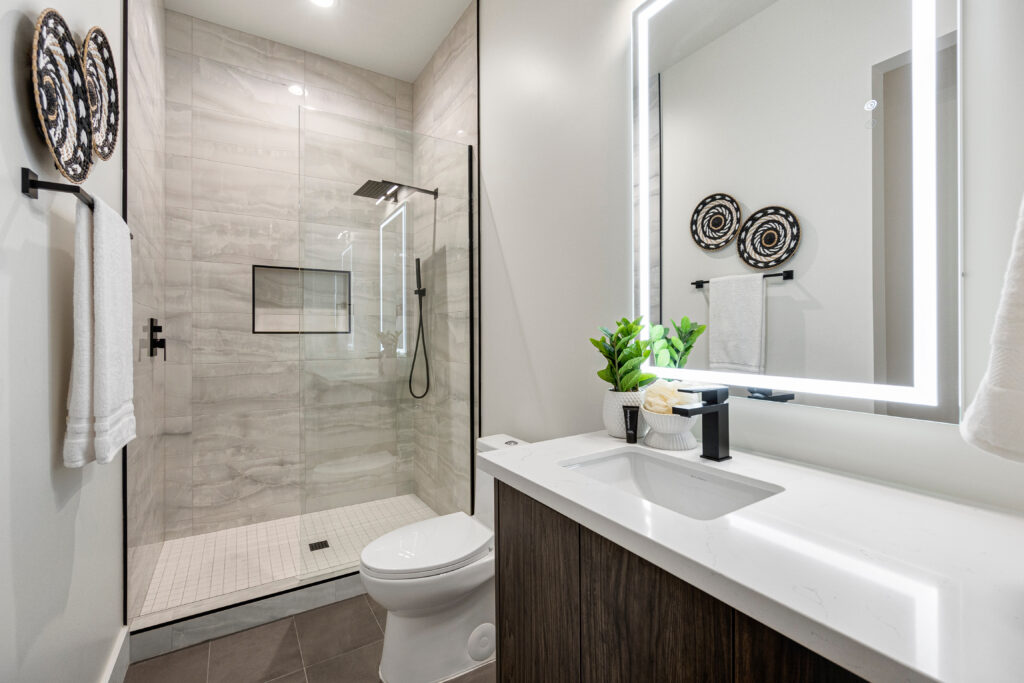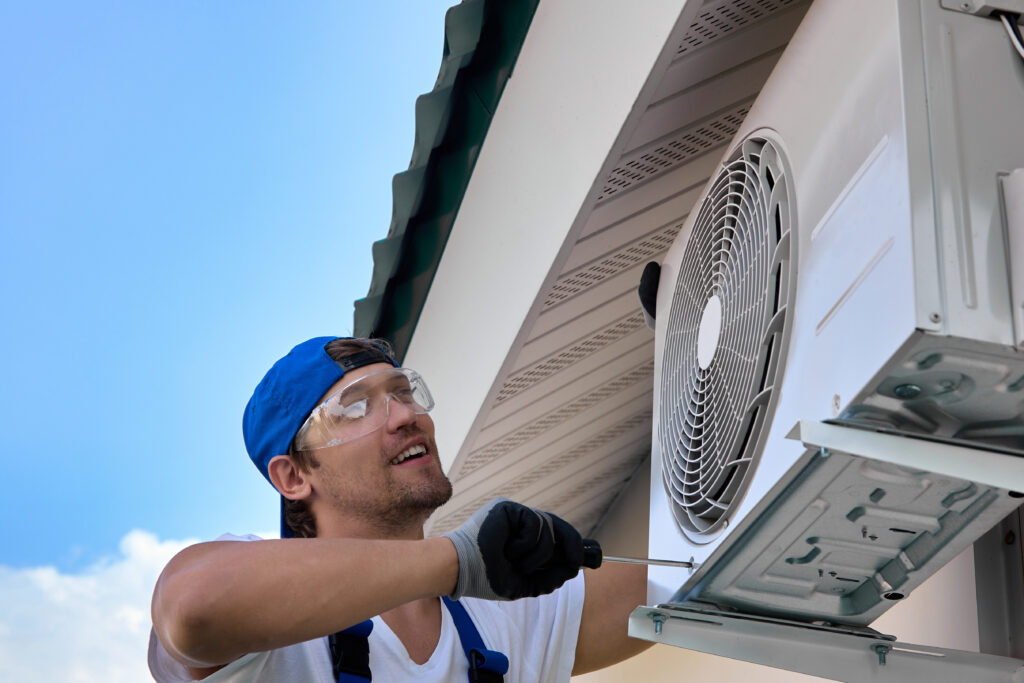When Is the Best Time of Year to Buy a House? Understanding the Market—and Your HVAC System
Let’s face it—buying a home is a big deal. It’s part investment, part dream realization, part “OMG what did I just sign?” If you’ve been wondering when the best time of year to buy a house is, you’re not alone. And while the answer is a bit of a “depends who you ask” situation, there are seasonal patterns and smart-timing strategies that can save you money and stress. But here’s the thing—timing your purchase isn’t just about snagging a better deal or avoiding competition, it’s also a strategic moment to evaluate key home systems, especially your HVAC. Why? Because the HVAC system (that’s heating, ventilation, and air conditioning, if you’re new here) is one of the most expensive workhorses in your home. So if you’re going to enter a home buying commitment, you’ll want to understand exactly what you’re walking into—preferably before you move in and it’s 95 degrees or, worse, freezing and the furnace is ghosting you.
The Real Estate Seasons: Timing is Everything
So, when is the best time to buy a house? Conventional wisdom leans toward the colder months—fall and winter. Home buying tends to hit its peak in spring and summer, making it a seller’s market with more bidding wars and less wiggle room on price. During fall and winter, fewer people are shopping, which can mean better deals and more negotiability. Sellers in the winter are usually more motivated and might be sitting on older listings from a hot summer that didn’t quite sell. It’s sort of like shopping for holiday decorations in January—you get what you want, at a better price, if you’re okay with less inventory to choose from. But here’s where it connects to home systems—fall and winter are also the perfect seasons to really test that HVAC system. Buying when temps are low means you’re actually using the furnace. You’ll notice fast if it’s not performing.
HVAC System 101: What It Is and Why It Matters
Your HVAC is the behind-the-scenes MVP of your home’s comfort. It stands for Heating, Ventilation, and Air Conditioning and basically governs your indoor climate year-round. Whether you’re toasty in January or chillin’ in July, that’s the HVAC pulling the strings. A typical HVAC system includes a furnace, an air conditioner (or heat pump), ductwork, and thermostats. Some homes roll with central air, while others rock split systems or mini-splits. The entire thing can be a bit of a mystery until it breaks down—usually at the worst possible time. That’s why knowing the age and condition of the HVAC system before you buy is critical. And when you shop during cooler months? The heating component’s performance is right there for you to evaluate in real time. No guesswork.
Advantages of Buying a Home in Cooler Months (From an HVAC Perspective)
There’s something sneaky smart about buying a home in the off-season. For starters, HVAC professionals aren’t as busy in the winter, so you’ll have better luck scheduling inspections or getting quotes for any needed upgrades. Plus, if the system is underperforming, it’ll actually be obvious. Did it take 45 minutes to warm up the house during your showing? Was the home inspector camped out in front of the furnace like it was a tiny fireplace? That’s info you need. And because sellers are often more motivated in these months, you might even score concessions or credits to handle repair or replacement costs. Also, energy bills are live and tell a story—request a few months of utility bills from the seller and see how efficient the system really is.
Drawbacks of Off-Season Buying (Because There Are a Few)
Now look, no season is perfect. Winter buying often means fewer homes are on the market—so if you’re ultra specific, you may need to compromise on location, aesthetics, or layout. Also, funky weather might mask issues. A cozy furnace can hide a bad air conditioning unit. Snow can disguise roofing problems and tough terrain can make thorough inspections trickier. This is where a home warranty becomes part of your “better safe than sorry” approach. Because while you can’t pick your weather, you can absolutely pick your protection plan. (More on that in a second.)
What to Look for in a Home’s HVAC System Before You Sign Anything
Okay, back to HVAC. Here’s the deal—you don’t have to be an engineer to assess the system. Look at the age of the unit; systems that are more than 10-15 years old are likely closer to retirement. Ask for maintenance records. Was it serviced regularly or just when things went terribly wrong? During your inspection, ask your pro to test all modes—heat, cool, fan—to sniff out weaknesses. Is the ductwork clean and intact? Are the filters even moderately clean? Taking a few extra minutes here can save you thousands down the line. A struggling HVAC can be a money pit, so don’t be shy about negotiating repairs or requesting a credit if the system needs love.
Why a Home Warranty Can Level Up Your HVAC Peace of Mind
Here’s where a home warranty jumps into the chat. When you’re buying a house—especially off-season—you’re trying to protect your budget as much as possible. No one wants a surprise breakdown two weeks after closing. A home warranty can cover your HVAC system (and other major home systems) when things go sideways. And let’s be real—they will at some point. Warranties generally cover repairs or even replacement costs, which can ease some of that new-homeowner anxiety. But not all warranties are created equal, so be sure to read the fine print, check what’s actually covered, and know your deductible. If the HVAC goes down in June and you skipped protection? Oof.
Why Armadillo is Your Secret Weapon in Smarter Home Buying
All this talk about timing, HVAC systems, and home warranties has one common thread: protection through smart planning. Armadillo offers a modern, transparent, and seriously useful home warranty experience that simplifies the junk and cuts straight to the coverage. We help take the edge off big unknowns like “will my AC actually survive August?” and “what’s this weird furnace noise about?” With customizable plans and real, human support, Armadillo is designed for homeowners who like to be in the know, not in the weeds. Ready to make your next home purchase smoother (and less filled with HVAC fear)? Visit our homepage at www.armadillo.one or skip straight to building your plan at our Plan Builder. Go into your next home with smart timing, full confidence—and, you know, working heat.


























